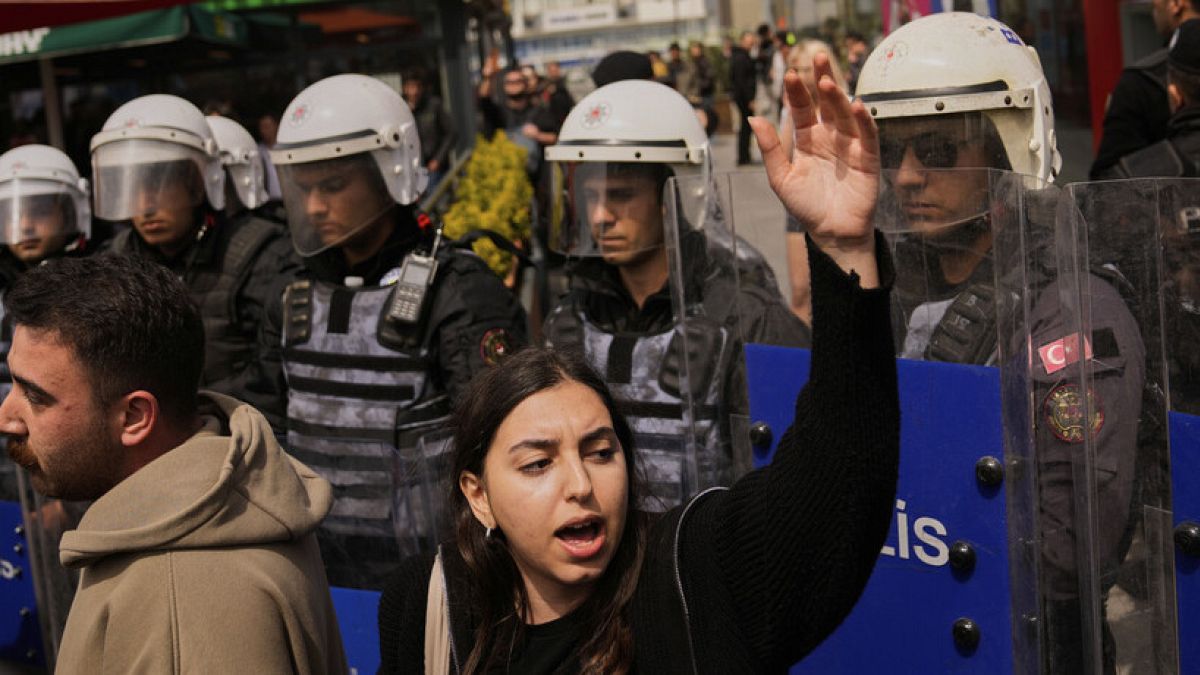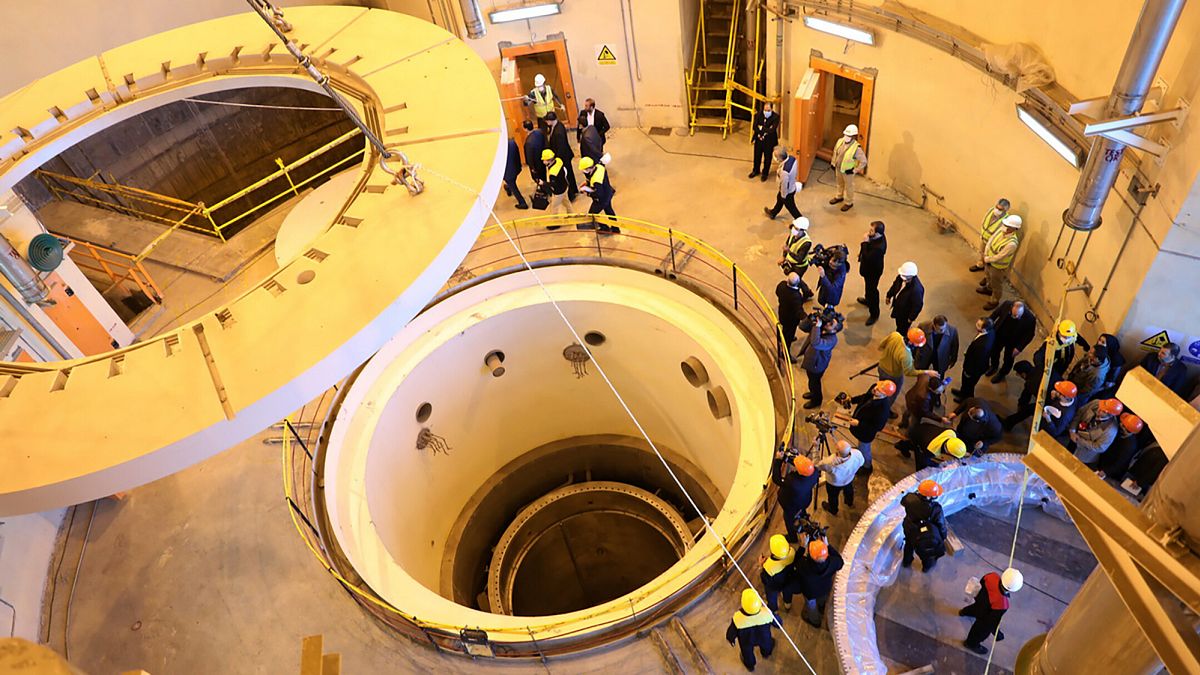The European Commission has set the volume of emissions allowances to be auctioned in the first year of a potentially controversial scheme that could push up fuel prices.
Greenhouse gas output from fossil fuels for road transport and heating buildings will be capped at just over a billion tonnes a year, with suppliers having to compete in a new carbon market for emissions allowances in a system set to drive up fuel prices unless governments take swift action to cut demand.
The scheme, due to start in 2027, is similar to the EU emissions trading system (ETS) launched almost 20 years ago, which forces the operators of factories and power plants pay for every tonne of carbon they emit.
In a decision adopted on Tuesday (3 November) the European Commission has set the cap for the first year, reflected in the number of allowances to be auctioned, at just over a billion tonnes of CO2 equivalent. Total EU emissions came to about 3.2 billion last year following an 8% drop.
The ETS has been credited with accelerating the shift away from coal towards wind and solar generation, although its impact on heavy industry has been muted by generous allocation of free allowances. The new ETS2 targets two sectors where emissions have remained stubbornly high over the years.
The Buildings Performance Institute Europe, a think tank, reported last week that household emissions fell only 12% from 2015 to 2022 despite a plethora of EU regulations on energy efficiency. Road transport alone accounts for something like a fifth of the EU’s overall emissions, and bucking the general downward trend, has shown little improvement in recent years.
In line with the EU’s 2030 climate target, the cap will be lowered each year to push emission in the two sectors down by 42% compared to 2005 levels, explained Eleanor Scott of the Brussels-based think tank Carbon Market Watch.
“Looking beyond this, the ETS2 is a very important ingredient to reaching the EU's 2040 climate target as it will lower the relative cost of renewable energy compared to fossil fuels and provide an important source of money that should be used for social climate policy,” Scott said.
The European Commission is due to table next year a proposal for a legal target for emissions reduction to 2040, with climate commissioner Wopke Hoekstra having promised a figure of at least 90% below 1990 levels, as recommended by its scientific advisory board.
“Without the ETS2 there is no alternative in place for lowering emissions in buildings and road transport at the required rate,” she said.
How much will it cost?
But the impact of ETS2 on prices at the pump and heating bills is difficult to predict. A price of around €45 per tonne of CO2 would equate to some 10 euro cents on a litre of petrol. But the carbon price could rise significantly if the pace of home improvements and the switch to electric mobility does not keep pace with the shrinking supply of allowances.
Mindful of the risk of a public backlash akin to the ‘yellow vests’ protests in France triggered by a 2018 proposal for a green fuel levy, lawmakers have agreed a parallel Social Climate Fund (SCF) to redirect a portion of the huge anticipated ETS2 auction revenue to vulnerable households.
The European Commission is well aware that there may be a negative public reaction when the implications of the legislation adopted under the Green Deal of the first von der Leyen Commission, and its implications for fuel costs, become more widely known.
“Concerns around the social impact of ETS2 are valid and the best protection against high prices is for member states to understand that the ETS2 is not a silver bullet,” Scott said. “Member states must prepare for ETS2 now by putting in place strong complementary measures that will lower emissions, reducing the demand for allowances once the market begins, and reducing the upward pressure on the price.”
In an interview with Euronews in July, the centre-right lawmaker Peter Liese, who steered the ETS bill through the European Parliament, said he remained committed to the law despite his spearheading a broad pushback against other aspects of environmental policy by his centre-right European People’s Party.
However, there are warning signs that governments might not have much appetite for implementing the scheme. The European Commission had to launch infringement proceedings in July against all but one EU member state – Austria – for failing to transpose the revised ETS Directive into their national legislatures by the legal deadline.
For Scott, well thought out social climate plans with extensive public consultation would be a good start, with the the SCF set to deliver €86.7bn in targeted support for those in energy poverty and facing unaffordable transport costs. “However, the spending of the rest of the ETS2 revenue, a much bigger sum over €200 billion euro considering an allowance price of €45 will be key to ensuring fairness of the system and securing public support,” she said.

 4 months ago
43
4 months ago
43






 We deliver critical software at unparalleled value and speed to help your business thrive
We deliver critical software at unparalleled value and speed to help your business thrive






 English (US) ·
English (US) ·